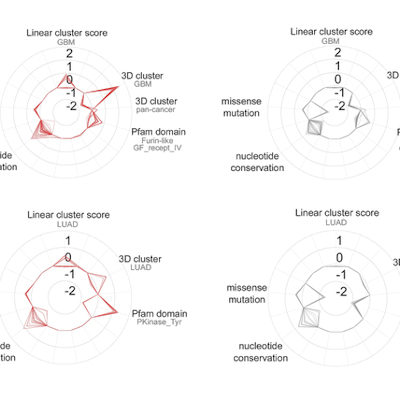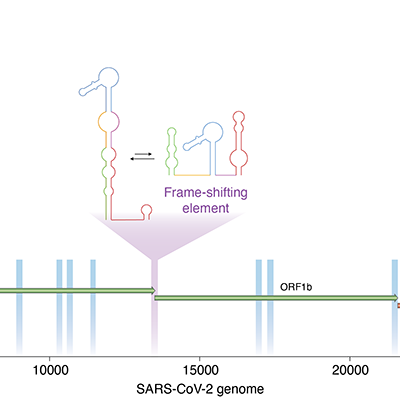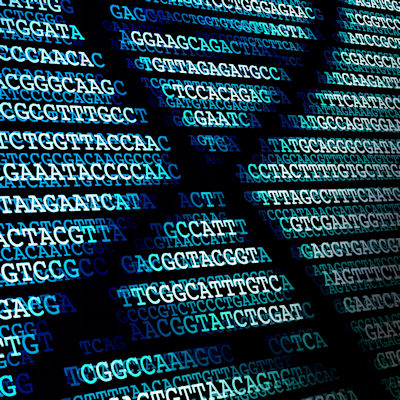April 27, 2022 -- Large-scale whole-genome sequencing (WGS) of thousands of cancers has found previously unreported mutational signatures, including tumor-specific rare signatures, according to research published on April 21 in Science.
The findings are a significant addition to the current knowledgebase of cancer mutational signatures and could enhance personalized cancer treatments and diagnosis. They show how cancer genomic data can be derived in real time and eventually benefit patients and the scientific community.
WGS makes it possible to examine the full landscape of certain mutations that describe the processes that have arisen during tumorigenesis, resulting in patterns known as mutational signatures.
Mutational signatures can reveal the existence of DNA damage and repair processes that occur during tumorigenesis. They can offer clues regarding a person's historical environmental exposures to potential causes of cancer and highlight pathway defects that could be targeted with drug candidates. These signatures provide insights into any environmental causes (such as smoking or ultraviolet light) and internal causes of an individual's cancer.
WGS can reveal mutational signatures, imprints of DNA damage, and repair processes that have arisen in each patient's cancer. WGS enables investigators to undertake comprehensive cancer genome analyses, revealing mutational signatures, imprints of DNA damage, and repair processes that have arisen in each patient's cancer.
In the current study, a group led by Andrea Degasperi, PhD, of the department of medical genetics at the University of Cambridge in the U.K., used WGS to investigate a large number of cancers of many tumor types -- substantially more than in previous efforts -- to comprehensively reinforce their understanding of mutational signatures.
The investigators examined a cohort of 15,838 cancers from patients recruited from all 13 U.K. National Health Service (NHS) Genomic Medicine Centers in England as part of the Genomics England (GEL) 100,000 Genomes Project (100kGP). They identified single-base substitution (SBS) and double-base substitution (DBS) signatures independently in each organ they examined.
Exploiting this unusually large cohort, they developed a method for enhancing the discrimination of common mutational processes from rare, lower-frequency mutagenic processes.
The scientists contrasted their results with two independent cancer WGS datasets, from the International Cancer Genome Consortium (ICGC) and the Hartwig Medical Foundation (HMF), involving 18,640 WGS cancers. Their analyses added 40 SBS mutational and 18 DBS mutational signatures to the current mutational signature total. They determined for each organ that cancers have a limited number of common signatures and many rare signatures.
The investigators' analysis showed that each organ contained a limited number of common SBS signatures -- typically between five and 10. The number of common signatures did not depend on cohort size. However, the number of rare signatures did depend on sample size, as the likelihood of detecting a rare signature is a function of its prevalence in the population, the scientists wrote.
The same biological process produced slightly different signatures in diverse tissues, reinforcing the belief that mutational signatures are tissue specific. Across organs, the scientists clustered all tissue-specific signatures to ascertain mutational processes that were equivalent but occurring in different tissues.
They obtained 82 high-confidence SBS reference signatures and 27 high-confidence DBS reference signatures. They compared these with previously reported mutational signatures, and this is how they found 40 and 18 previously unidentified SBS and DBS signatures, respectively.
On the horizon
Moreover, detecting mutational signatures may lead to new ways to manage disease and novel treatments, which encouraged the scientists to develop an algorithm they call Signature Fit Multi-Step (FitMS), which they believe can reliably uncover mutational signatures in tumors. FitMS detects common, organ-specific signatures and then determines whether an additional rare signature is also present.
Cancer samples have a median of five common signatures. When rare signatures are present, there is usually only one instance per sample. Learning from these results, the scientists developed their signature-fitting algorithm.
Using FitMS involves two steps. In the first step, only common signature exposures are estimated. In the second step, the presence of potential rare signatures is estimated.
With their efforts, the researchers have introduced the concept of common versus rare signatures within each type of tumor. They determined how an increased number of samples may help discern common signatures that occur at low levels for specific tumors. A large number of samples may also help reveal signatures that occur at a low frequency in the population.
Independent, open-access datasets, such as those from the ICGC and HMF, have been instrumental in corroborating these common and rare signatures identified within the GEL dataset.
Copyright © 2022 scienceboard.net









